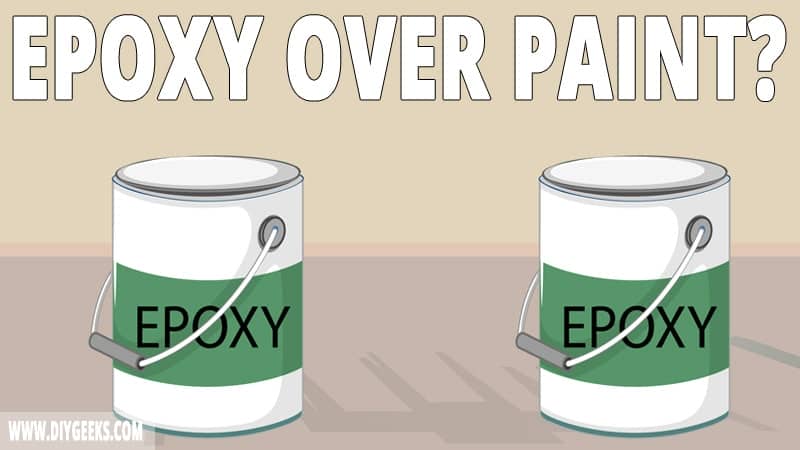You can apply epoxy paint over a painted surface if the existing paint is in good condition, dry enough (cured), and clean.
To apply epoxy paint over painted surfaces, clean and sand the surface, apply primer, prep the epoxy paint, and apply the paint.
Epoxy paint finish lasts between 15-20 years before it starts to show chipping, dents, or cracks.
Can You Apply Epoxy Paint Over Painted Surfaces?
You can apply epoxy paint over painted surfaces if the existing paint is in good condition, dry (or cured), clean, and has no imperfections.
Epoxy paint adheres over all unsealed paint types and protects them. However, epoxy paint doesn’t adhere and can peel off if the existing paint finish isn’t dry or clean, has imperfections, or is sealed.
Epoxy paint (or coating) is a protective finish reinforced with epoxy resins that creates a layer (barrier) that is resistant to water, moisture, and other liquids.
Related Read: How To Apply Polyurethane On Concrete?
How To Apply Epoxy Paint Over Painted Surfaces?
To apply epoxy paint over painted surfaces, do the following things.
- Clean the Painted Surface.
- Sand the Surface.
- Apply Primer.
- Prep the Epoxy Paint.
- Apply the Epoxy Paint.
The tools you need for this project are listed below.
- Water
- Clean Rags
- Epoxy Paint
- Sandpaper
- Paint Tray
- Paint Shield
- Foam brush or Roller
- Large Drop cloth or Drop Sheet
- Tape
- Primer
1. Clean the Painted Surface
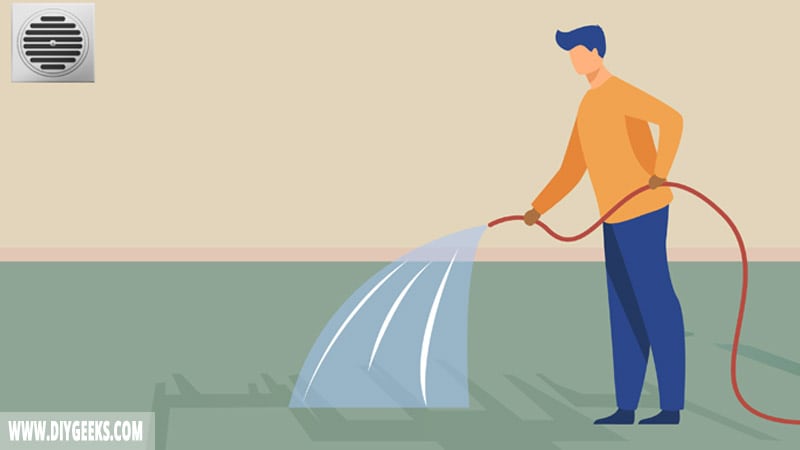
Clean the painted surface with warm soapy water to remove dust, dirt, or debris that can prevent the Epoxy paint from adhering.
If the surface has holes or cracks, use wood or concrete filler to repair it. Simply apply the filler to the affected spots, wait 30 minutes, remove the excess, and sand the affected spots with an extra fine-grit sandpaper (440-grit).
2. Sand the Surface
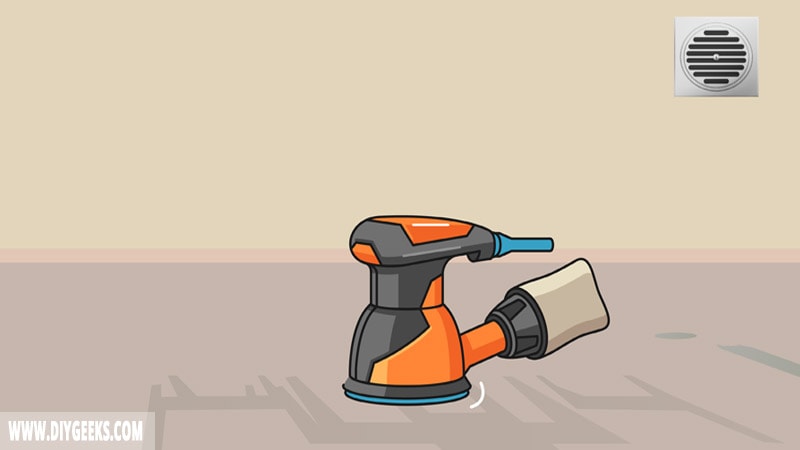
Sand the painted surface with fine-grit sandpaper (220-grit) to remove imperfections, bumps, or stubborn stains that can show once the epoxy paint is applied.
The sandpaper removes the imperfections and creates a rough texture that enhances that epoxy paint adhesion.
If the painted surface is sealed, remove the sealer top layer or the entire finish as epoxy paint can’t adhere over a sealed surface.
To remove a sealer top coat, do the following things.
- Use medium-grit sandpaper (100-grit) to gradually sand the surface.
- Inspect the surface every 5 minutes to see if the sealer’s glossy top layer is removed.
- Once the glossy top layer is removed, use fine-grit sandpaper (220-grit) to smoothen the surface.
If you want to remove the entire sealed finish, use a paint-stripping paste or solvent-based paint remover (mineral spirits or acetone).
3. Apply Primer
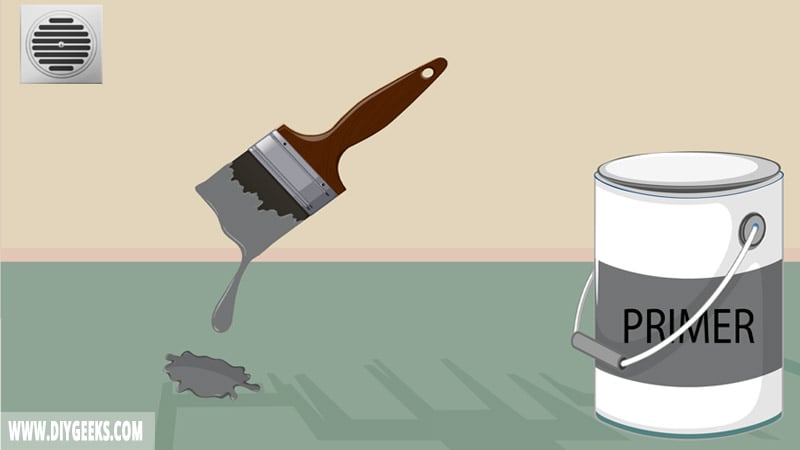
Apply one (1) primer coat over the surface to enhance the epoxy sealer adhesion. The primer coating covers the existing finish and creates a texture layer over the surface that the new paint can penetrate and adhere to.
However, applying a primer is optional.
4. Prep the Epoxy Floor
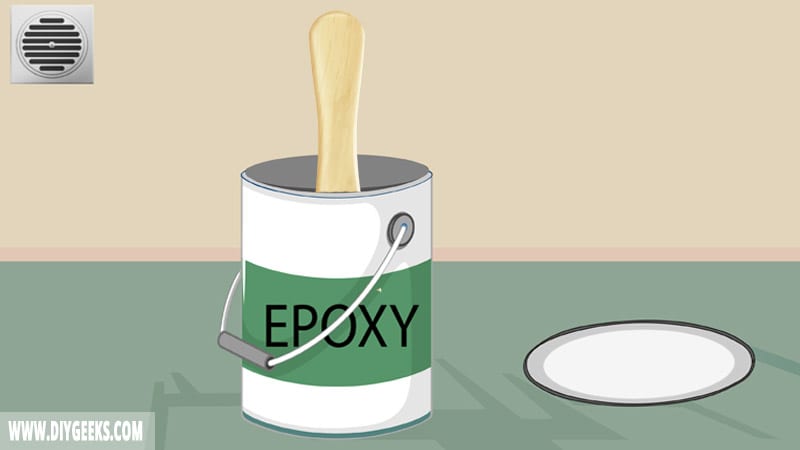
The epoxy floor is a two-part paint that must be mixed correctly before applying it.
To mix the two-part epoxy paint, do the following things.
- Mix equal parts (1:1) of paint resins with the hardener. The resin is the epoxy paint and the hardener is the part that makes it strong.
- Stir the mixture for about 10 minutes.
- Cover the paint container and wait one (1) hour.
This is the standard procedure of mixing two-part epoxy, but different manufacturers have different procedures. So, always check the manufacturer’s guide.
Related Read: How Long Does It Take Epoxy Paint To Dry?
8. Apply the Epoxy Paint
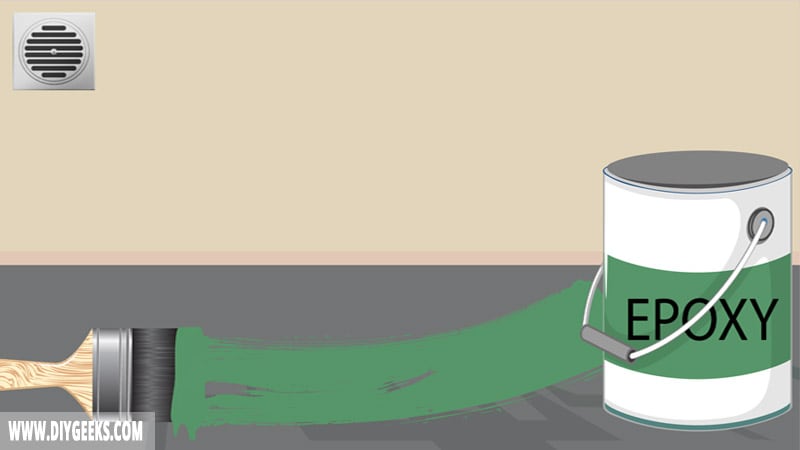
Apply 2-3 epoxy paint coats over the painted surface using a paint roller or brush. Wait until one coat dries before applying the next one.
Tips to follow when applying epoxy paint are listed below.
- Apply thin coats: Thick epoxy paint coats are harder to control so always start with thin coats.
- Paint Corners First: If applying epoxy paint over a floor, paint the floor corners first.
- Use a Small Brush for the Edges.
- Use a Paint Shield: If you are applying paint in tight corners, use a paint shield to cover surfaces you don’t want to paint.
Which Paint Types Can You Apply Epoxy Paint Over?
You can apply epoxy paint over all paint types if they are in good condition and unsealed. Epoxy paint has impressive bonding qualities and adheres to an unsealed finishes.
Epoxy paint can’t adhere to sealed painted surfaces as those surfaces are moisture-resistant and prevent paint adhesion. If you apply epoxy over a sealer finish, the paint stays over the top layer and peels off gradually.
How Long Does Epoxy Finish Last?
The epoxy finish lasts between 15-20 years before it shows signs of chipping, dents, or cracks. The exact time the paint lasts depends on the surface type and placement.
For instance, epoxy paint lasts longer over indoor concrete surfaces than outdoor surfaces. Indoor surfaces aren’t exposed to constant water or weather elements, so the paint doesn’t get damaged.
To increase the paint finish durability and make it last longer, ensure to retouch the finish every 5-7 years and clean it regularly.
